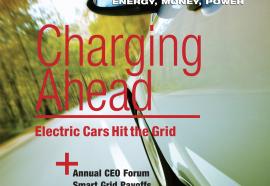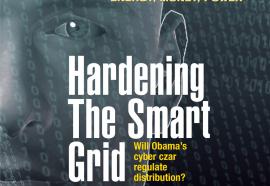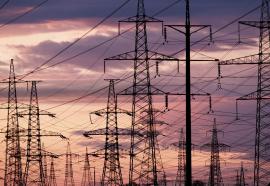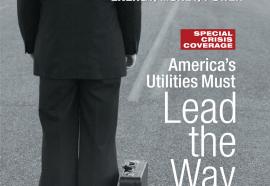Extreme Efficiency
Performance standards are a valid idea—if targets are achievable.
Performance standards are a valid and necessary idea to drive conservation, but only if targets are realistic and achievable. So far, success has been determined by program rationality. A uniform, market-based approach would give retailers flexibility to spur innovation.










